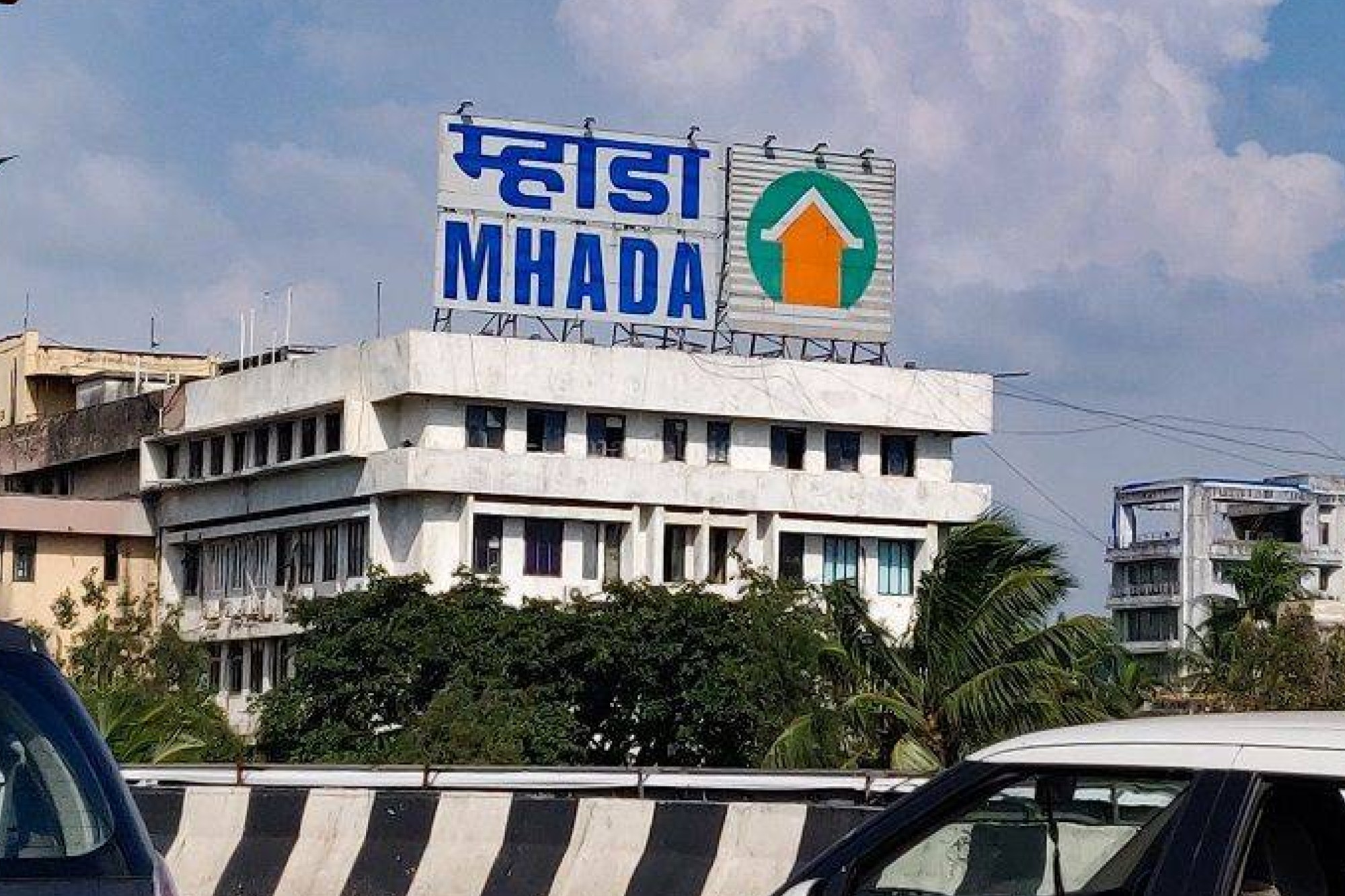
MHADA Revises Premium Charges for Commercial Areas in Redevelopment Projects
Mumbai’s redevelopment sector is poised for a significant boost following a major policy revision by the Maharashtra Housing and Area Development Authority (MHADA). The authority has updated its 2007 redevelopment rules, revising premium charges for commercial floor space and introducing phased payment terms for developers and housing societies. These changes are aimed at making redevelopment of older housing societies more financially viable while ensuring transparency and equitable urban growth.
The decision, announced by IAS Sanjeev Jaiswal, Vice President of MHADA, comes after consultations with developers and apex real estate bodies, including CREDAI–MCHI. Under the previous system, developers were required to pay 1.5 times the residential rate for additional commercial built-up area, a mechanism that many argued made projects financially unviable. The revised policy introduces a formula-based calculation for premiums, factoring in land rates, market values, and intended usage, replacing the fixed multiple approach. This method ensures that commercial premiums are aligned with actual market conditions, providing fairness for both housing societies and developers.
Transparent, Formula-Based Premiums for Commercial Space
Under the updated policy, the premium for allocating commercial built-up area is no longer a flat multiplier of residential rates. Instead, MHADA’s formula considers the Ready Reckoner land value, DCPR-mandated commercial percentages, and prevailing market prices for residential and commercial properties. This structured approach provides developers with predictable costs while preventing overcharging, ensuring that redevelopment projects can remain financially feasible. The new system addresses long-standing industry concerns about ambiguity and inconsistency in premium calculation under Regulation 33(5) of the Development Control and Promotion Regulations (DCPR) 2034.
Phased Premium Payments to Reduce Financial Burden
In addition to revising premium calculations, MHADA has allowed developers and housing societies to pay the premium in multiple installments. For projects with a plot area below 4,000 sq. m, the premium can be paid in five installments: 10% within one month of the Letter of Intent issuance, followed by 22.5% at the end of 12, 24, 36, and 48 months, all with applicable interest. Projects with plot areas of 4,000 sq. m and above are eligible for six installments, with 10% upfront and subsequent installments of 18% each due at the end of 12, 24, 36, 48, and 60 months. This aligns MHADA’s policy with the Municipal Corporation of Greater Mumbai (MCGM) rules and eases upfront financial strain, enabling smoother project execution and faster redevelopment.
Balancing Residential and Commercial Market Dynamics
The revised policy emphasizes parity between residential and commercial charges, ensuring that premiums are calculated equitably based on market realities. By linking commercial premiums to residential and commercial market values, MHADA has created a fairer framework that balances developers’ profitability with residents’ interests. The move also strengthens governance by introducing a clear, formula-driven process, reducing potential disputes and improving predictability for all stakeholders involved in redevelopment projects.
Accelerating Redevelopment of Aging MHADA Layouts
Mumbai has a significant number of aging buildings, many of which are two to seven storeys and require redevelopment to meet modern standards. Redevelopment involves demolishing old structures and replacing them with larger, modern buildings, providing residents with bigger apartments at no cost while allowing developers to sell remaining units for profit. By reducing financial and regulatory barriers, the updated MHADA policy is expected to encourage developers to undertake stalled projects, increasing Mumbai’s housing stock while modernizing urban infrastructure.
Understanding Premiums and Built-Up Area in Redevelopment
In the context of MHADA layouts, premiums represent charges levied for additional built-up area, floor space index (FSI), open space deficiency, additional ground coverage, and other structural features such as lobbies, staircases, and lift wells. These charges typically account for 20–30% of a project’s total cost in Mumbai. Built-up area refers to the total usable space within a property, including wall thicknesses, balconies, and sometimes terraces, and is slightly larger than the carpet area, which measures only the usable floor space inside apartments or offices. By easing premium calculations and introducing phased payments, MHADA significantly reduces the financial burden on developers and housing societies while maintaining regulatory compliance.
Long-Term Implications for Mumbai’s Urban Growth
The updated policy is strategically designed to address both financial viability and urban planning goals. By easing premium structures and enabling phased payments, MHADA ensures that redevelopment projects are executed efficiently, reducing delays and financial uncertainty. Simultaneously, the policy promotes modernization of aging layouts, improves urban infrastructure, and creates sustainable residential and commercial spaces. This dual focus on developer incentives and public welfare exemplifies a pragmatic, governance-driven approach to urban redevelopment.
A Constructive Step Toward Faster Redevelopment
MHADA’s revisions to premium charges and payment terms mark a significant step toward accelerating redevelopment in Mumbai. By adopting a transparent formula for commercial premiums and allowing phased payments, the authority has responded to long-standing industry concerns while safeguarding residents’ interests. The policy is expected to unlock stalled projects, modernize aging housing societies, and expand Mumbai’s housing stock, demonstrating how thoughtful regulatory adjustments can balance financial viability, urban planning, and social equity.

